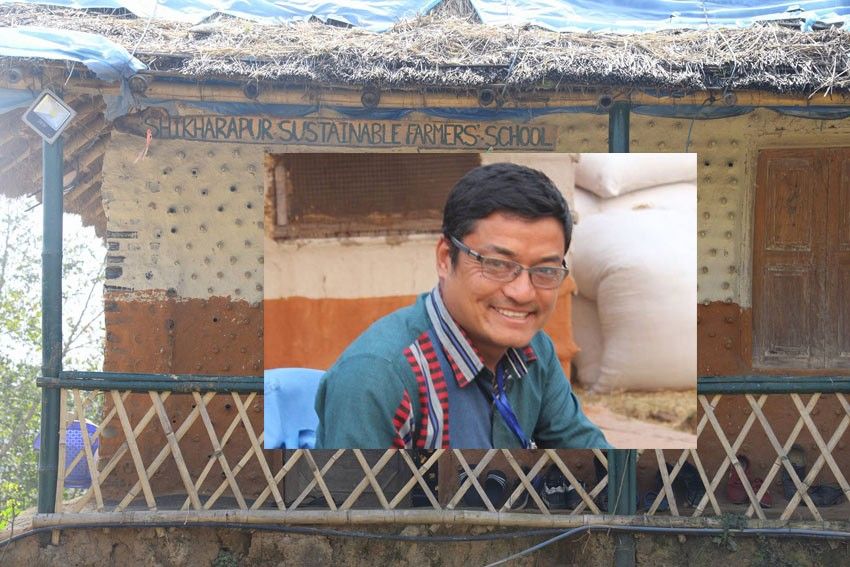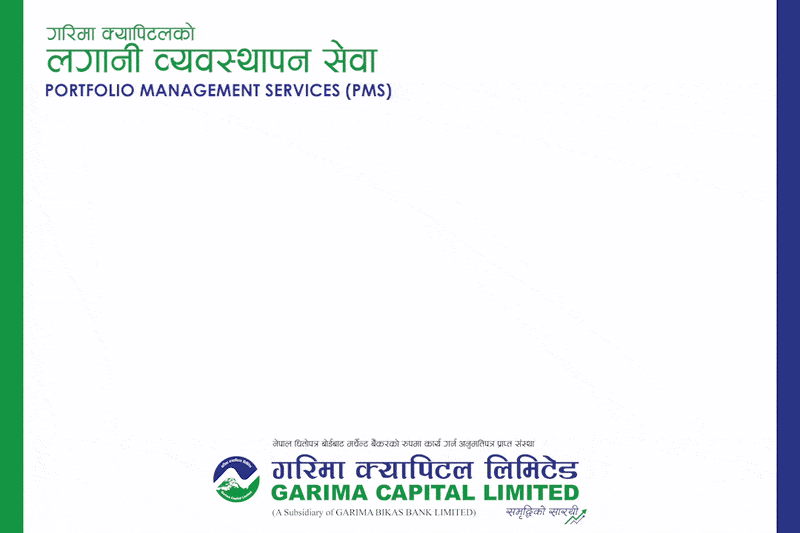
-Niroj Shrestha:
Carbon emission is one of the causes that has attributed to the rapid climate change. The brick factories operating in Kathmandu valley are significant contributors to climate change. A rough estimate states that production of a brick emits approximately 1.3 pound of carbon. Though low carbon emission chimneys have been made compulsory by the government, it is not enough. Bottle house uses glass bottles as an alternative to the bricks which have been one of the hectic residues produced by hotels, restaurants and even households.
There are numerous hotels, restaurants in Kathmandu city and its surroundings where millions of empty bottles are produced daily. Only few types of bottles like beer bottles are reused by sauce factories and beer factories it to refill. But there are numerous types of whiskey, wine, rum and other alcoholic drinks bottles which are either thrown in the river or dumped in dumping sites or in nearby forests creating environment pollution and adverse effects. Therefore, managing and re-utilizing these bottles is growing as a prominent problem in urban or semi urban places. Moreover, bottles if are thrown in public places which can be hazardous and dangerous.
This concept has been conceptualized to re-use these waste bottles (alcoholic, water, medicine or either) to construct eco-friendly bottle house. Bottles instead of bricks have been proven for its consistency and reliability. As typical Nepali house, these types of sustainable houses can be promoted in the semi urban or urban places where bottle are found in massive amount. The mixture of mud, sand and straw called plaster, unused bottles, bamboo structures, stone foundation and straw or long grass (Khar) are used for the construction of the bottles house. Since we utilize the resources that we have in nature, makes the house eco-friendly. Shikharapur CLC has already built two buildings utilizing more than 10000 waste bottles which has been used as a farm office and agricultural training centre popular as Shikharapur Sustainable Farmers’ School in Pharping, Kathmandu.

CLC has designed a project aiming to promote and built these kinds of houses in the surroundings of Kathmandu Valley where, maximum bottles can be found. The houses will be an extension (such as library rooms, meeting/ training space, class room etc.) to the community organization to complement their activities. The usage of the bottles instead of bricks will decrease carbon emission and help prevent climate change. It is believed that a single bottle house will use approximately 5000 bottles instead of 8,000 bricks. Thus, a bottle house will decrease carbon emission by 10,400 pound of carbon. We plan to build a bottle houses for six different community based organizations. In doing so, we target to manage/reuse some 30000 bottles which would someway replace use of at least 48000 bricks cutting 48000×1.3 pound of carbon, which is equal to 62,400 pound volume of carbon emission. In addition, database shows that 400 trees are burned to make 25,000 bricks. Thus, our project will also help save the tree campaign by saving approximately 768 trees. Further, the bottle houses will lessen the usage of cement, plastic, tin etc which are the other main factors of carbon emission.
The project also aims at extensively mobilizing youths as eco-volunteers so as they learn and replicate the concept and show ownership to the contribution made by themselves. The eco-volunteers will be also main beneficiaries of the house made and further help for the best utilization of house and sustain it. The eco-volunteers will be organized in VDC-wise group and will be monitored by organization for future proceedings. Hence, the completion of this project will project the six bottle houses as an innovative approach to waste management, which we believe will create replication effect.
Shikharapur CLC, Kathmandu, email: [email protected]






प्रतिक्रिया दिनुहोस्